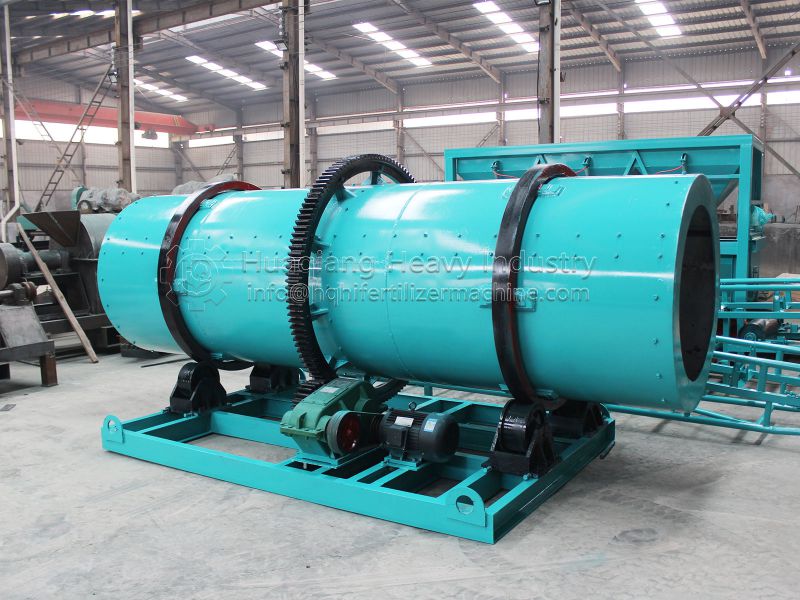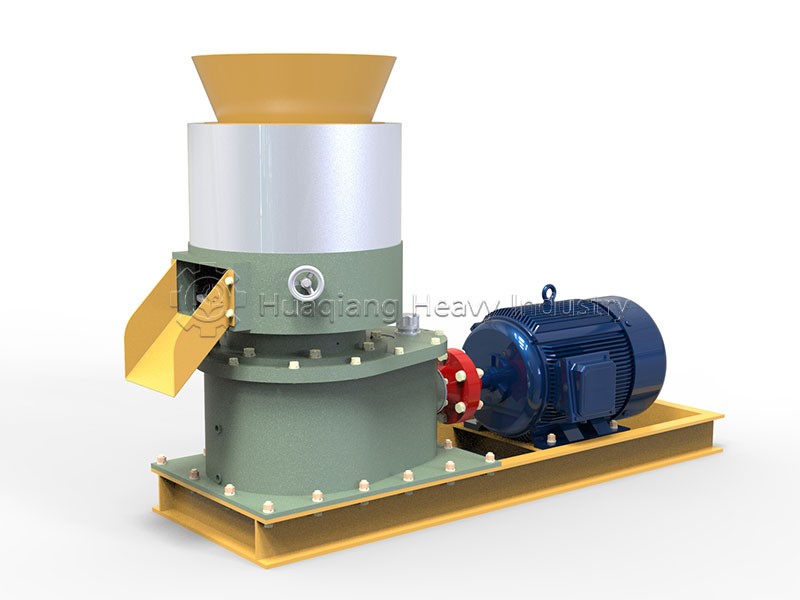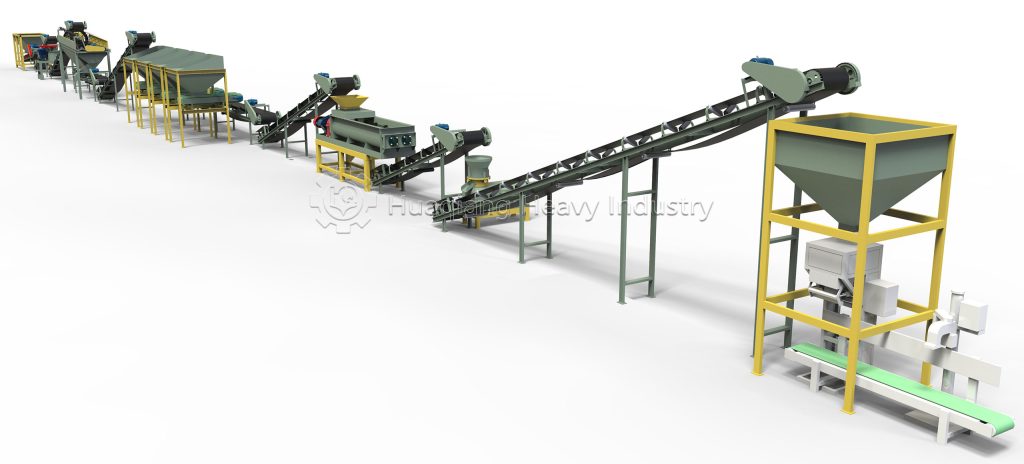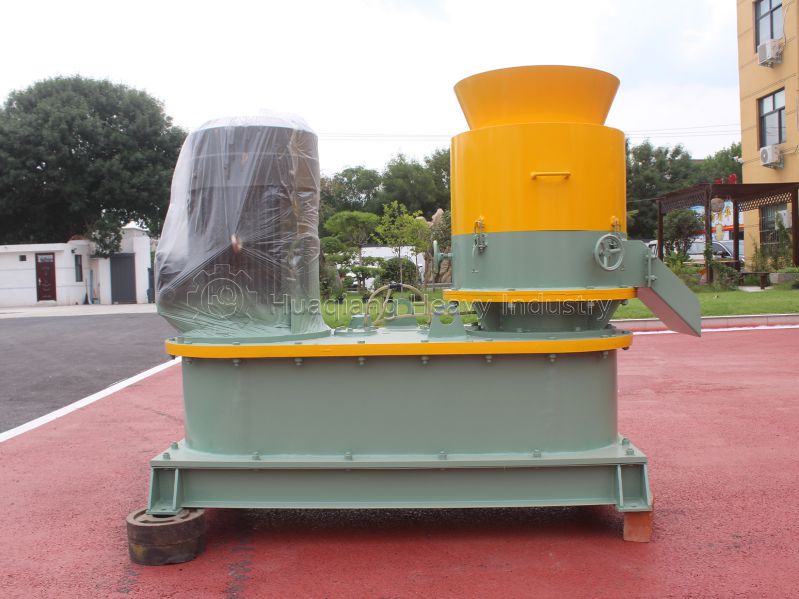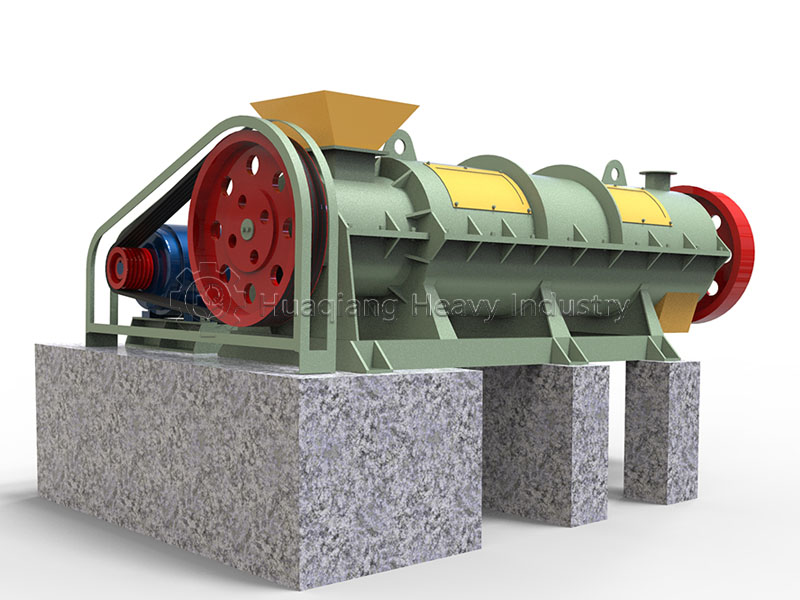Breaking site limitations to make efficient composting achievable on any terrain
Intelligent Working Principle: Perfect Dialogue Between Nature and Technology
On vast composting grounds, the crawler compost turner moves steadily over organic material piles like a tireless gardener. This essential compost fertilizer machine is a cornerstone of modern bio organic fertilizer production. Its unique working method elevates traditional composting processes to unprecedented levels, forming a critical part of the equipments required for biofertilizer production. While a large wheel compost turning machine serves similar purposes in different setups, the crawler type excels in stability and efficiency. As a vital fertilizer production machine, it works in harmony with other components to create a complete organic production line. This integrated system, a sophisticated organic fertilizer manufacturing machine in its own right, ensures the efficient transformation of raw organic waste into high-quality, nutrient-rich fertilizer, paving the way for sustainable agriculture.
As the equipment moves across material piles via its crawler travel mechanism, the turning mechanism penetrates deep into the material core like skilled hands. Mixing arms, blades, or spiral devices work their magic through rotation—lifting bottom material to the surface while bringing surface material to the depths. This three-dimensional mixing approach ensures thorough oxygen contact, creating an ideal environment for microbial growth. Through regular turning under suitable conditions, organic materials undergo a remarkable aerobic fermentation journey, ultimately transforming into rich organic fertilizer.
Outstanding Features: Redefining Composting Efficiency
The six core features of the crawler compost turner make it uniquely positioned in the field of organic waste treatment, representing an ideal choice for modern composting operations.
Exceptional Terrain Adaptability
Crawler design provides outstanding stability, easily handling various challenging ground conditions including uneven, soft, or slippery surfaces
Superior Turning Effect
Carefully designed turning mechanism penetrates material core, achieving efficient and uniform mixing while significantly improving fermentation efficiency
High Automation Level
Automated control of turning and travel functions significantly reduces manual intervention and enhances production efficiency
Flexible Operation
Moderate equipment size and flexible operation perfectly adapt to various site requirements, including confined or irregular spaces
Eco-Friendly and Energy Efficient
Promotes resource utilization of organic waste, reduces environmental pollution, and maintains economical operational energy consumption
Durable Construction
Crawler and turning mechanisms manufactured with durable materials, built to last and capable of handling long-term high-intensity operations
The true value of the crawler compost turner lies in its perfect integration of industrial-grade reliability with practical agricultural environment needs. Whether in large farms, organic fertilizer production bases, or complex field conditions, this “all-terrain warrior” demonstrates through its outstanding performance that quality composting shouldn’t be limited by any site conditions.
Pioneering a New Era in Composting
In today’s global push for sustainable agriculture, crawler compost turners are opening new pathways for organic waste resource utilization with their unique advantages. They not only solve the operational challenges traditional composting equipment faces in complex terrain but also serve as important forces driving green agricultural development through their efficient and eco-friendly characteristics. From livestock manure treatment to crop straw utilization, this innovative equipment is writing new chapters in the circular economy story worldwide.
Crawler Compost Turner – Making every piece of land fertile ground for efficient composting



